Do you want to learn about the Different Types of Mice in Connecticut?
Finding information about the different types of mice in Connecticut was not as easy as I thought. Some information was incorrect, others were not enough, and some sites were just irrelevant.
That is why I created 7 Common Types of Mice in Connecticut.
While there are over 1000 species of mice in the world, this article will focus specifically on Connecticut or its surrounding areas, along with the role mice have in its ecological environment.
7 Types of Mice in Connecticut
#1. House Mouse (Mus musculus)
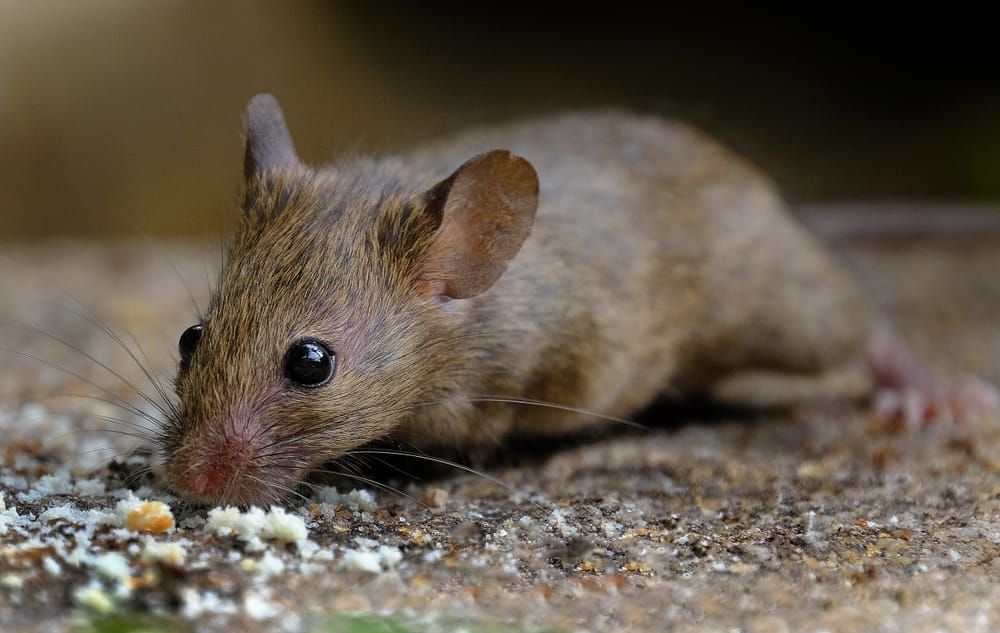
Identifying Characteristics and Facts
- About 6 – 10 inches in body length.
- Inhabit various habitats including homes, forests, and fields.
- Omnivores usually eat grains, seeds, vegetables, and insects among other diets.
- They reproduce rapidly.
- Can carry various diseases and also transmit parasites like fleas.
- Nocturnal and their activeness is only during the night and can climb, swim, and jump.
The house mouse is a common type of mouse that is not only in Connecticut but well spread in all parts of the world. It mainly stays in urban areas and prefers places of buildings that are secluded or shallow burrows on the ground.
The other thing about house mice is that they are highly adaptive and can inhabit different types of habitats such as forests, homes, and barns among other places.
These species of mice are small in body size and only measure about 6 – 10 inches in length. You will also identify them by their large ears and big pointed snout.
An interesting fact about these small creatures is their intelligence. These mice species have the ability to learn to avoid poison and traps, and even to open the doors or windows. Also, they can climb walls and can jump up to a height of about 12 inches.
#2. Deer Mouse (Peromyscus maniculatus)
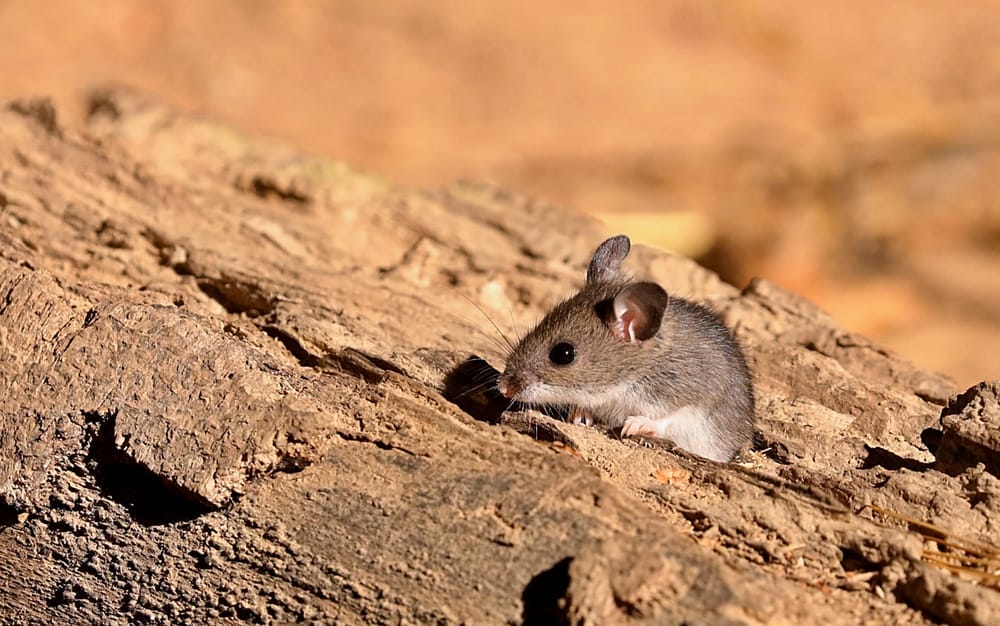
Identifying Characteristics and Facts
- About 119 – 222 mm in body length and weigh between 10 – 24 grams.
- Inhabit various habitats be it forests, grasslands, or agricultural fields.
- Produces up to 8 litters each with 5 – 8 mouse pups each year.
- Feed on various diets such as insects, small invertebrates, seeds, fruits, and vegetables.
- Build nests in sheltered areas, under rocks, and in shallow burrows.
- Grayish to reddish brown coloration.
This is another type of mouse that is present in Connecticut. It is called the deer mouse because it resembles the deer in terms of fur coloring. It is also one of the most abundant and common types of mice in the United States.
Deer mice feed primarily on seeds, grains, insects, and nuts among other food materials. They also eat small vertebrates, and they are nocturnal. In addition to that, these mice types usually build their nests under rocks, in burrows, and in some other sheltered areas.
These mice also have the ability to produce up to 8 litters in a year, each of these litters will have about 5 – 8 mouse pups.
Deer mice play an important ecosystem role. They eat plants and animals like insects and that helps in controlling their numbers. In addition to that, they are also food or preyed upon by other big animals like owls and snakes.
#3. White-Footed Mouse (Peromyscus leucopus)
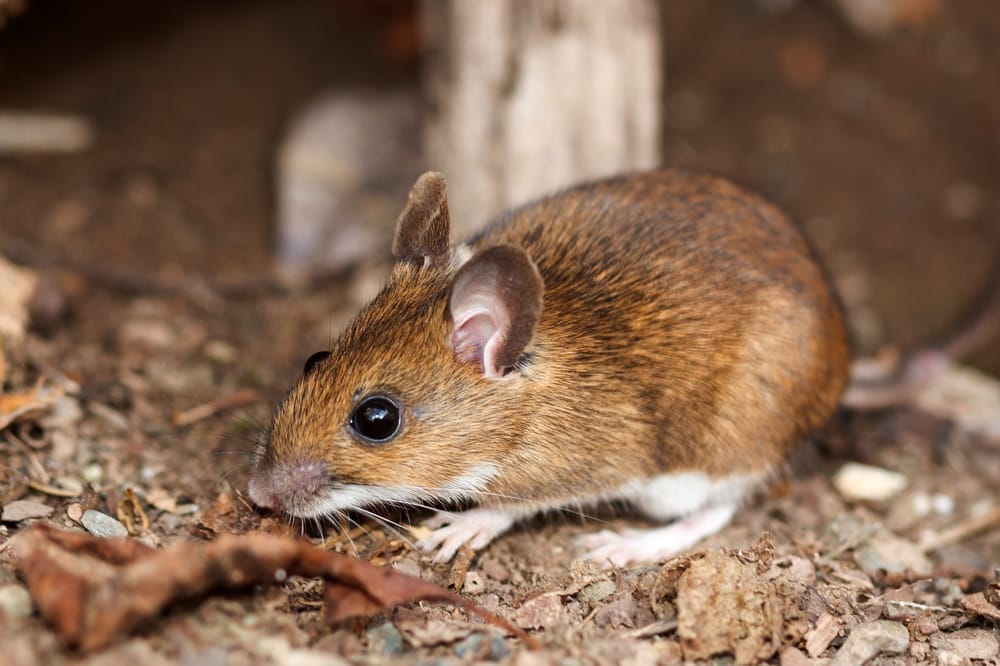
Identifying Characteristics and Facts
- About 5 – 7 inches long.
- Reddish-brown on the back and on the sides.
- Have white fur on the feet and on the belly.
- Long thin tail and large ears.
- Nocturnal and active at night hours.
- They can swim and climb trees.
- Can host ticks that can transmit Lyme disease to humans.
This is a small rodent that is another common type of mouse in Connecticut and also in different parts of the world. Their habitat is mostly in warm and dry forests and even in brushlands among other habitats.
When it comes to eating, these mice eat various types of food, such as nuts, seeds, fruits, and insects since they are omnivores. Because of their diet, they are helpful in the ecosystem as they help control insect populations.
The interesting fact about the White-footed Mice is its agility and other behavioral characteristics. They have the ability to climb trees and also to swim. In addition to that, they are nocturnal and active during the night.
Though they are helpful in the ecosystem, they can also be harmful. They are pests in themselves and hence a nuisance since they can destroy agricultural crops. In addition to that, they are also carriers of Lyme disease.
#4. Brown Rat (Rattus norvegicus)

Identifying Characteristics and Facts
- About 16 inches long and coarse brown fur with a pale underside.
- Nocturnal and active from dusk.
- Prefer to live near human dwellings but adaptable to various habitats.
- Omnivores feed on insects, vegetables, fruits, and grains.
- Can damage property and even spread some diseases.
- Live in colonies comprising about 100 individual rats.
The brown rat is a widespread species of mouse that you will see in different habitats. It is one of the common types of mice in Connecticut and in various parts of the world as well.
As the name suggests, these mice types have brown coarse fur on their bodies. The underside or the belly, however, is pale. They also portray unique features that make them stand out from the rest of the rats. They are social and thus can live in colonies that comprise about 100 individual rats.
When it comes to feeding, the brown rat eats various foods including insects, vegetables, grains, and fruits. In addition to that, these rats are well-known when it comes to gnawing on plastic or wood materials.
One interesting fact about these rats is the fact that they can live in the wild for a period of about 2 years. In addition to that, they are usually very intelligent and have the ability to learn and avoid setups such as poison and traps.
#5. Meadow Jumping Mouse (Zapus hudsonius)

Identifying Characteristics and Facts
- About 180 – 240 mm in length and can jump up to 3 feet in length.
- Solitary and only stay in colonies during mating.
- Small and slender and also have long tails and long hind legs.
- Usually gray/black/brown with a pale or lighter underside.
- Have a bicolored tail that is dark brown with a bright colored or white underside.
- Eat a variety of foods including fruits, seeds, spiders, and insects.
This meadow jumping mouse is one of the most common types of mice that can be found in Connecticut. Identifying them is an easy thing since they stand in their unique characteristics. You will know them by their extremely long tails, long hind feet, yellowish-orange color along their sides, and darker brown band on their back.
The name ‘jumping mouse’ comes from the fact that they can jump high. This species of mouse has the ability to jump for up to a distance of 3 feet.
Another thing you can use to identify these types of rats is the bicolored tail. Looking into it, you will find that it has a combination of two colors including the white underside and the dark brown upper.
When it comes to feeding, these rats eat various types of foods including fruits, grasses, and seeds. They also eat insects and some species of spiders. Therefore, they help control their populations, and that is the important ecological role they play.
In addition to the ecological role of controlling or reducing insect populations, these rats or mice also help in the dispersal of seeds. They are under a great threat of habitat loss, and fragmentation.
#6. Eastern Harvest Mouse (Microtus ochrogaster)
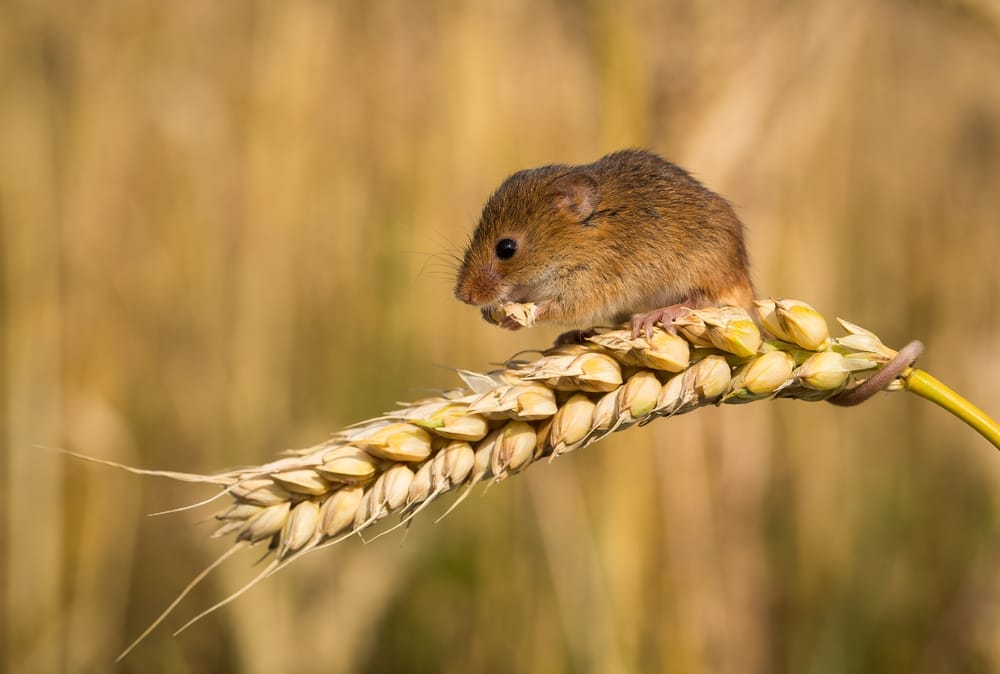
Identifying Characteristics and Facts
- They weigh about 10 – 15 grams, are nocturnal, and can live for a period of up to 9.5 weeks.
- It has a bicolored tail with a dark brown back and lighter underside.
- Mostly dark brown and with a lighter-colored belly.
- Prefer to stay in the open areas rather than in the forests.
- Eat various food types mostly plant-based.
- Social and can live in a colony setup of up to 10 individuals.
One of the smallest mice species is the Eastern harvest mouse. It weighs only 10 – 15 grams and you can easily identify them by their looks. They are one of the common types of mice in Connecticut with interesting characteristics.
Eastern harvest mice have a lifespan of about 9.5 weeks, and they are active during the night. And one fact that distinguishes them from other rodents is that they do not live in forests. They prefer to live in open places including meadows, marshes, and damp grassland areas.
The other thing worth your knowledge is diet. These creatures feed on a variety of food materials including but not limited to vegetables, seeds, and grasses. They also eat insects and some other small invertebrates.
Lastly, the Eastern harvest mouse plays a crucial role in their ecosystem. Among the roles they play is helping in dispersing the seeds, and of course, being food to other predators.
#7. Woodland jumping mouse (Napaeozapus insignis)
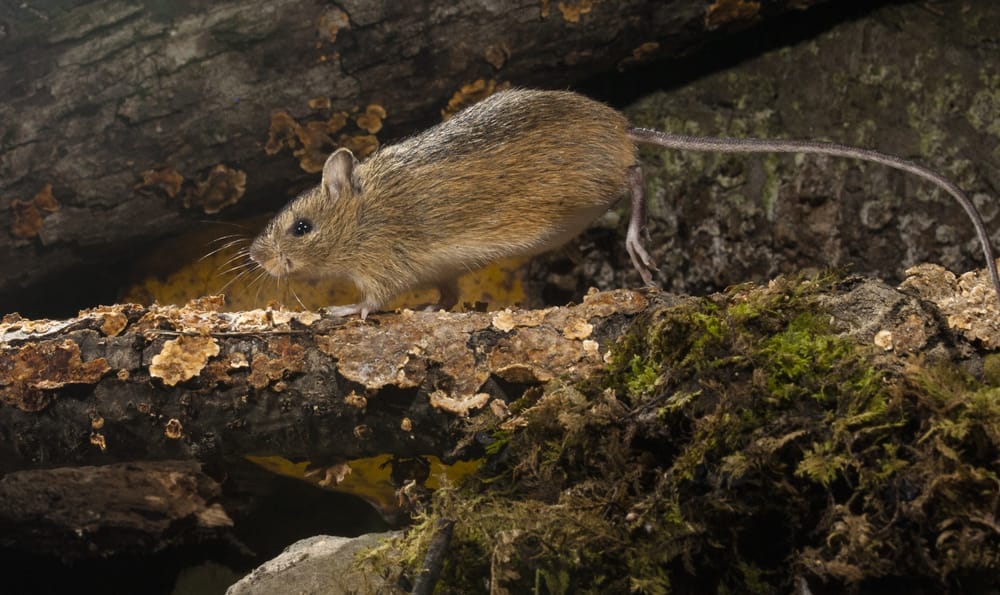
Identifying Characteristics and Facts
- Small and only about 5 – 7 inches in length.
- They reach sexual maturity age when they are 6 months old.
- Have brown fur on the sides and back and white fur on the belly.
- Have large eyes and ears and also a long tail.
- Great at jumping and can do up to a distance of 3 feet just in a single leap.
- They eat fruits, insects, seeds, and fruits among other foods.
This is a small rodent that you will find not only in Connecticut but in other parts of the world. This is one of the common types of mice in Connecticut. It is about 5 – 7 inches in body length and has a long-pointed snout with large ears and eyes.
One characteristic to note about Woodland jumping mice is their jumping ability. These mice types are great when it comes to jumping and they can jump a distance of up to 3 feet.
When it comes to habitation, these rats can inhabit various habitats since they are relatively adaptable. They can live in forests, swamps, and meadows just to mention. While in those habitats, they usually prefer plant-based foods such as fruits, nuts, and vegetation. And since they are omnivores, they also eat insects and spiders.
Their varied diet includes insects and spiders, which makes them play a great ecological role in their ecosystems. They thus help in controlling insect populations, and they are also food for other predators.
In addition, you also need to know that these types of mice have stable populations. They are not endangered but face the great challenge of habitat loss and fragmentation.
As a reminder, the below factors are common for the most common mice in Connecticut:
- Size and weight are common ways to identify mice
- Behavior and diet is another way to determine how destructive or beneficial mice will be
- Habitat, communication, and reproduction are interesting factors in mice
- All of these mice face numerous ecological challenges and also pose threats to humans and pets
